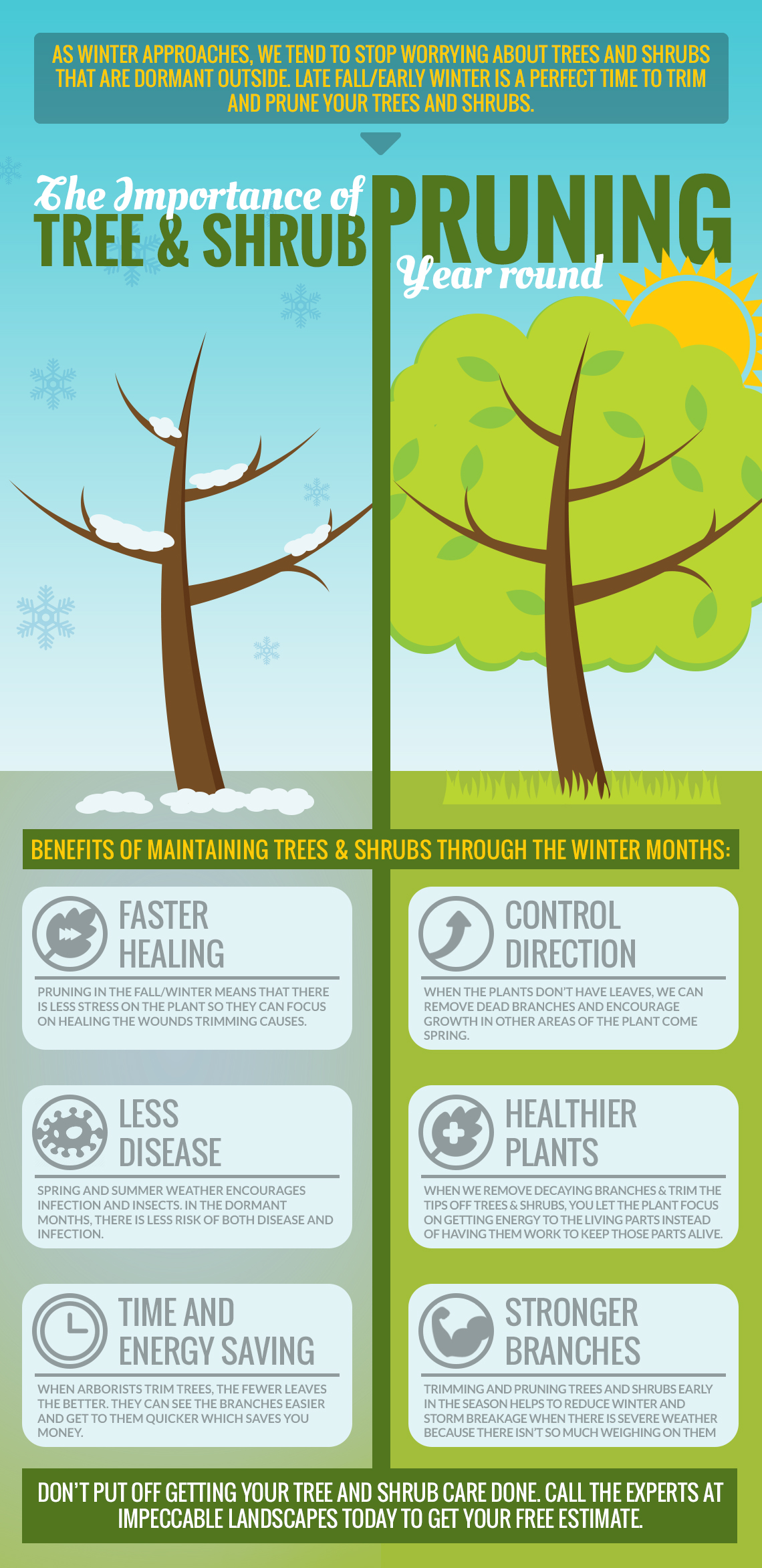Post-Tree Elimination Therapy: Effective Approaches For Landscape Remediation
Content Produce By-Hinrichsen McKinnon After a tree's removal, your landscape may look quite various, and it's necessary to evaluate the consequences meticulously. You'll wish to evaluate the dirt disruption and inspect bordering plants for any type of indications of tension. Overlooking these variables can result in bigger issues down the line. So, what should you perform with those stumps and origins? And just how do you choose the best plants for your rejuvenated area? Allow's discover these crucial steps.
Evaluating the Aftermath: Reviewing Your Landscape
After a tree elimination, it's crucial to evaluate your landscape to recognize the influence it carries your lawn. Beginning by examining the area where the tree stood. Search for indicators of soil disruption, and examine the surrounding plants for any type of stress or damages. best time to trim maple trees ought to also remember of just how the removal has actually changed sunlight exposure and airflow in your yard. This change can impact the growth of neighboring plants, so it's necessary to assess their health. Consider the aesthetic aspects also; the elimination might develop an open space that you can redesign. Ultimately, think about line clearance tree trimming near me of prospective erosion problems that could emerge from the tree's lack. Attending to these elements early will assist recover balance to your landscape.
Handling Stumps and Roots: Choices for Elimination
Once you have actually evaluated the results of the tree elimination, you'll likely need to deal with the stump and origins left behind. You have a couple of options for elimination. One efficient technique is stump grinding, where a specialist utilizes an equipment to grind the stump to underground level. This approach leaves minimal interruption to your landscape. If you like a DIY method, you can make use of a combination of excavating and chemical stump eliminators. Just remember, this process can take time and effort. Conversely, take into consideration leaving the stump as an all-natural function, which can work as a special yard component or habitat for wildlife. Whatever you select, dealing with the stump and origins is essential for recovering your landscape.
Selecting the Right Plant Kingdoms for Your New Area
As you analyze your recently removed space, choosing the right plants can significantly improve your landscape's appeal and performance. Start by considering the sunshine and dirt problems. For warm areas, opt for drought-resistant plants like lavender or succulents. In shaded places, ferns and hostas thrive well. Think about the dimension and growth habits of your plants; mix perennials and annuals for seasonal range. Don't fail to remember to integrate native types; they need much less upkeep and support regional wildlife. Group plants in strange numbers for an extra natural appearance and produce layers for aesthetic deepness. Finally, ensure you have a mix of colors and structures to keep your landscape lively throughout the seasons. Pleased planting!
Final thought
To conclude, restoring your landscape after tree elimination is a satisfying process. By evaluating the results, attending to stumps and origins, and picking the right plants, you'll develop a growing setting. Do not fail to remember to incorporate erosion control measures to safeguard your dirt. With a little effort and treatment, you can change your room into a vibrant garden that boosts your property. Welcome the possibility to invigorate your landscape and take pleasure in the appeal of nature right in your yard! 